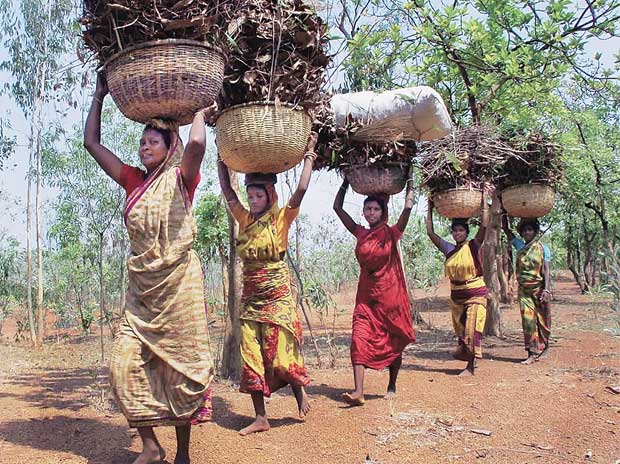Protecting community forest rights has been identified as a key strategy in the fight against climate change, as it helps to reduce carbon emissions. By empowering local communities to manage and protect their forests, we can not only preserve biodiversity but also mitigate the effects of deforestation, which is a major contributor to greenhouse gas emissions.
Empowering local communities through community forest rights gives them a stake in the preservation of the forest, leading to more sustainable management practices. When communities are involved in decision-making processes regarding their forests, they are more likely to implement conservation measures that help to sequester carbon and reduce emissions.
Furthermore, protecting community forest rights can help to address social and economic issues faced by local communities. By enabling communities to benefit financially from sustainable forest management practices, we can create incentives for them to protect their forests and reduce activities that contribute to carbon emissions.
The Role of Community Forest Rights in Carbon Sequestration
Community forest rights play a crucial role in carbon sequestration, as forests act as carbon sinks that absorb carbon dioxide from the atmosphere. When local communities are empowered to protect their forests, they can implement practices that enhance carbon sequestration and reduce emissions.
Forest Protection and Restoration
Community forest rights enable local communities to protect and restore their forests, which helps to increase the carbon sequestration capacity of the ecosystem. By preventing deforestation and implementing reforestation efforts, communities can enhance the ability of the forest to absorb carbon dioxide from the atmosphere.
Sustainable Forest Management
Empowering local communities to manage their forests sustainably can lead to practices that enhance carbon sequestration. Sustainable forest management practices, such as selective logging and agroforestry, can help to maintain the health of the forest ecosystem and maximize carbon storage.
Community Forest Rights as a Tool for Climate Change Mitigation
Protecting community forest rights is not only important for carbon sequestration but also for overall climate change mitigation efforts. By reducing emissions from deforestation and promoting sustainable land use practices, we can make significant strides in combating climate change.
Reducing Deforestation
Community forest rights can help to reduce deforestation by providing local communities with the incentive to protect their forests. When communities have a stake in the management of the forest, they are less likely to engage in activities that lead to deforestation, such as illegal logging and agricultural expansion.
Promoting Sustainable Land Use Practices
Empowering local communities through community forest rights can promote sustainable land use practices that help to mitigate climate change. By encouraging practices such as agroforestry and sustainable agriculture, communities can reduce their carbon footprint and contribute to overall climate change mitigation efforts.
Conclusion
Protecting community forest rights is a crucial strategy in the fight against climate change, as it helps to reduce carbon emissions and mitigate the effects of deforestation. By empowering local communities to manage and protect their forests, we can create a more sustainable future for both people and the planet.

